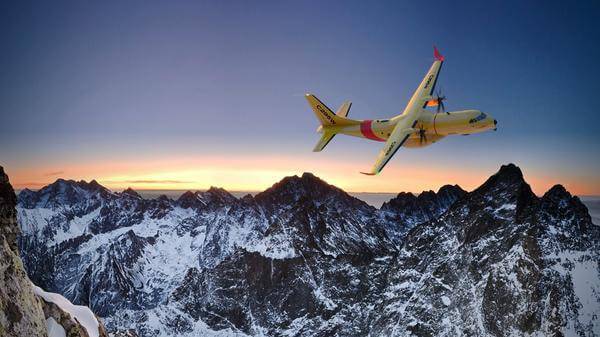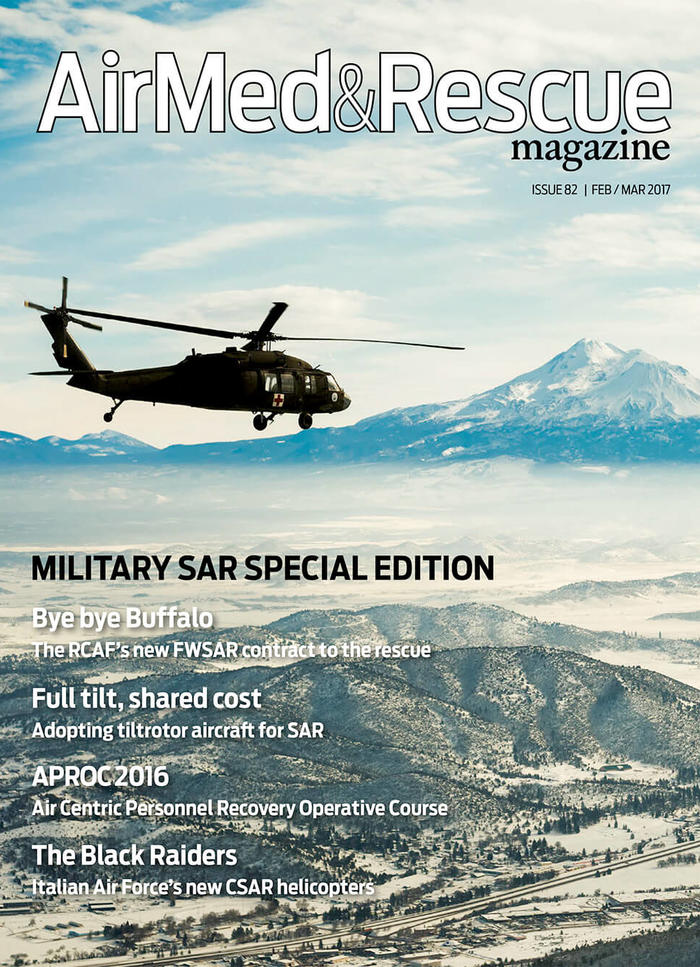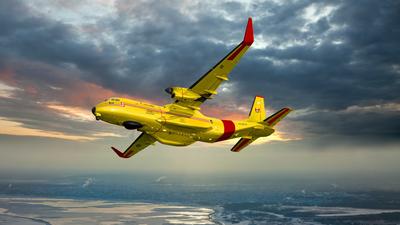RCAF bids goodbye to the Buffalo aircraft, welcomes new era with C-295W

Graham Chandler reflects on the journey taken by the Royal Canadian Air Force to replace its veteran fixed-wing SAR fleet, and looks at how the new C295Ws will benefit the nation
In awarding a CA$2.4-billion contract to Airbus Defence and Space for 16 C295W planes, the Government of Canada last December brought to a close a 12-year odyssey searching for a replacement for the Royal Canadian Air Force’s ageing fleet of fixed-wing search and rescue (FWSAR) aircraft. The C295Ws will replace Canada’s six CC-115 Buffalo and 13 CC-130H Hercules planes currently tasked with FWSAR missions at five bases across the country. It is a long overdue replacement: the RCAF’s Buffaloes were first delivered in 1964, and some of the Hercules arrived in the same decade. Many in the fleet have operational lives approaching 50 years.
Under the contract, many of Canada’s top aerospace and defence firms will benefit. Engines will be manufactured by Pratt & Whitney Canada, electro-optical systems by L3 Wescam, and other mission systems by Lockheed Martin Canada. CAE, Canada’s training and simulator manufacturer, will design, develop, and manufacture the training solution, including simulators.
In-service support for the life of the programme will be provided by AirPro, a joint venture between Airbus Defence and Space and PAL Aerospace of St John’s, Newfoundland. The contract requires Airbus to provide 70-per-cent availability, so the RCAF can be sure to meet its SAR responsibility 24/7, 365 days a year. The RCAF will keep first-line maintenance and servicing, and Airbus will be responsible for all second and third-line maintenance. This will add an estimated $2.3 billion to the price tag over the life of the aircraft, which are to fly until 2043.
The first aircraft will be delivered and training is to begin in 2019. Construction of the new training centre in Comox, British Columbia, is expected to begin shortly. The final aircraft should be delivered in 2022.

Slow approach
it was not the lowest cost-compliant bid, but the one providing the best value for Canadians
The process has been a long one, spanning three governments and several delays. The Canadian government originally announced its intent in the spring of 2004 to buy a new fleet, but the project was temporarily shelved in 2006 followed by a litany of more delays blamed on reasons like higher priorities of equipment for Canada’s Afghanistan mission. As well, allegations were made by domestic aerospace firms and Airbus that the RCAF rigged the process to favour of the C-27J – which the RCAF denied, according to a CBC news report at the time. So the case was referred to the independent National Research Council, which agreed the RCAF’s demands were much too specific and needed to be broadened.
Finally, in 2011 a brand new ‘Statement of Operational Requirement (SOR) to acquire a modern, effective replacement FWSAR aircraft to provide the capability for the next 30 years’ was issued. In December 2011, the project management office was re-established, and in March 2012 expenditure was approved, allowing development of the request for proposal, which was finally posted in March 2015. The following January, bids were closed with three proposals submitted. In March 2016, aircraft were tested at the bidders’ facilities, and in June that year bid evaluations got underway.

Boeing suggested the game-changing V-22
The three companies in the running were Alenia Aermacchi North America (now rebranded as Leonardo-Finmeccanica) for the C-27J, Airbus Defence and Space for the C-295W, and Embraer for the KC-390. They were asked to submit prices and aircraft numbers for a fleet that would operate out of at least four main bases across Canada: Greenwood, Nova Scotia; Trenton, Ontario; Winnipeg, Manitoba; and Comox, British Columbia; with a separate proposal using only three airfields. Current SAR squadrons operate out of these four bases as well as a fifth at Gander.
Best value
The winning bid wasn’t necessarily the lowest priced. “A best-value approach was used for the evaluation of bids,” explains Nicolas Boucher, of Public Services and Procurement Canada, the federal agency responsible. “It was not the lowest cost-compliant bid, but the one providing the best value for Canadians.” The contract was awarded on a weighted points basis: 65 out of 100 points on capability, 25 on cost, and 10 on economic benefits to Canada.
“The winning proposal received the highest overall score – Airbus Defence and Space focused on the capability which included the requirement for modern and effective technologically advanced systems, and a robust comprehensive in-service support programme to ensure availability of aircraft when needed,” says Boucher. “The company also took into account the industrial and technological benefits policy in order to encourage high-value jobs for Canadians and generate growth for Canada’s aerospace and defence sector.”

C295 aircraft from Airbus
Increased responsiveness
Canada is the second-largest country in the world. To meet its challenging and diverse search and rescue environments, each C295W will be equipped with state of-the-art sensors including:
• a search radar able to detect people and objects hundreds of kilometres away in all weather conditions (the current FWSAR aircraft use just weather radar);
• an electro-optical/infra-red camera to detect and identify objects and to detect heat radiation for searches where vision is obscured, e.g. at night or in wooded area searches;
• an automatic identification system to locate and identify ships;
• a communication system compatible with other SAR assets (i.e. aircraft, ships, searchers on the ground, the rescue co-ordination centre, etc.);
• and a new mission management system that can record and track up to 200 search objects at the same time.
Compared to the aircraft models it replaces, the C295W is 50-per-cent faster than the Buffalo and about 10-per-cent slower than the Hercules, says Lieutenant-Colonel Jean-François Godbout, project director for the FWSAR Project in Ottawa, who completed two SAR operational tours – on the CC115 Buffalo in Comox, British Columbia and on the CC130H Hercules in Greenwood, Nova Scotia. He explains how they evaluated the C295W against the existing two types. “When we did the assessment we looked at the 13-hour crew day and the range, and based on the historical data of SAR missions that have taken place said can we fly to the scene with the required payload, can we stay on scene for an hour before we need to recover?” he explains. “When you combine all of the sensors and how they operate with other agencies, it definitely increases that level of responsiveness so you are getting the same level of comparison.”
“It will be a great asset to the RCAF,” sums Godbout.

February 2017
Issue
In this issue:
Bye bye Buffalo - The RCAF’s new FWSAR contract to the rescue
Full tilt, shared cost - Adopting tiltrotor aircraft for SAR
APROC 2016 - Air Centric Personnel Recovery Operative Course
The Black Raiders - Italian Air Force’s new CSAR helicopters
Home for Christmas - Flight nursing and the symbols of hope
Provider Profile: European Air Ambulance, Luxembourg
Wadden Island medevac - New aerial ambulance service for Dutch islands operational
Instrument helicopter anyone? - IFR for safety, not just a last resort
